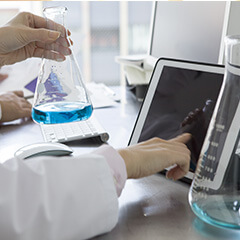Today, meeting planners can target attendees based on where they are, but in the future, they’ll be able to adjust the experience based on how they feel. Freeman’s Chris Cavanaugh believes the next frontier of personalization may be in biometrics. “As more attendees arrive with wearables that send out information, organizers will be able to track when a group is getting more excited or if they might be getting bored,” Cavanaugh said. “There will be so many possibilities with biometrics.”
Some companies are already exploring those possibilities. For example, San Francisco – based Lightwave tracked viewers’ heart rate, skin temperature, and electrodermal activity during Hillary Clinton’s acceptance speech at the 2016 Democratic National Convention to determine which messages resonated most with key audiences. For events and conferences, it’s not hard to imagine biometric data shaping a range of decisions from what music to play to get attendees energized, to which speakers delivered the most inspiring moments, to the million-dollar question for event organizers: when to adjust the temperature in breakout sessions.

